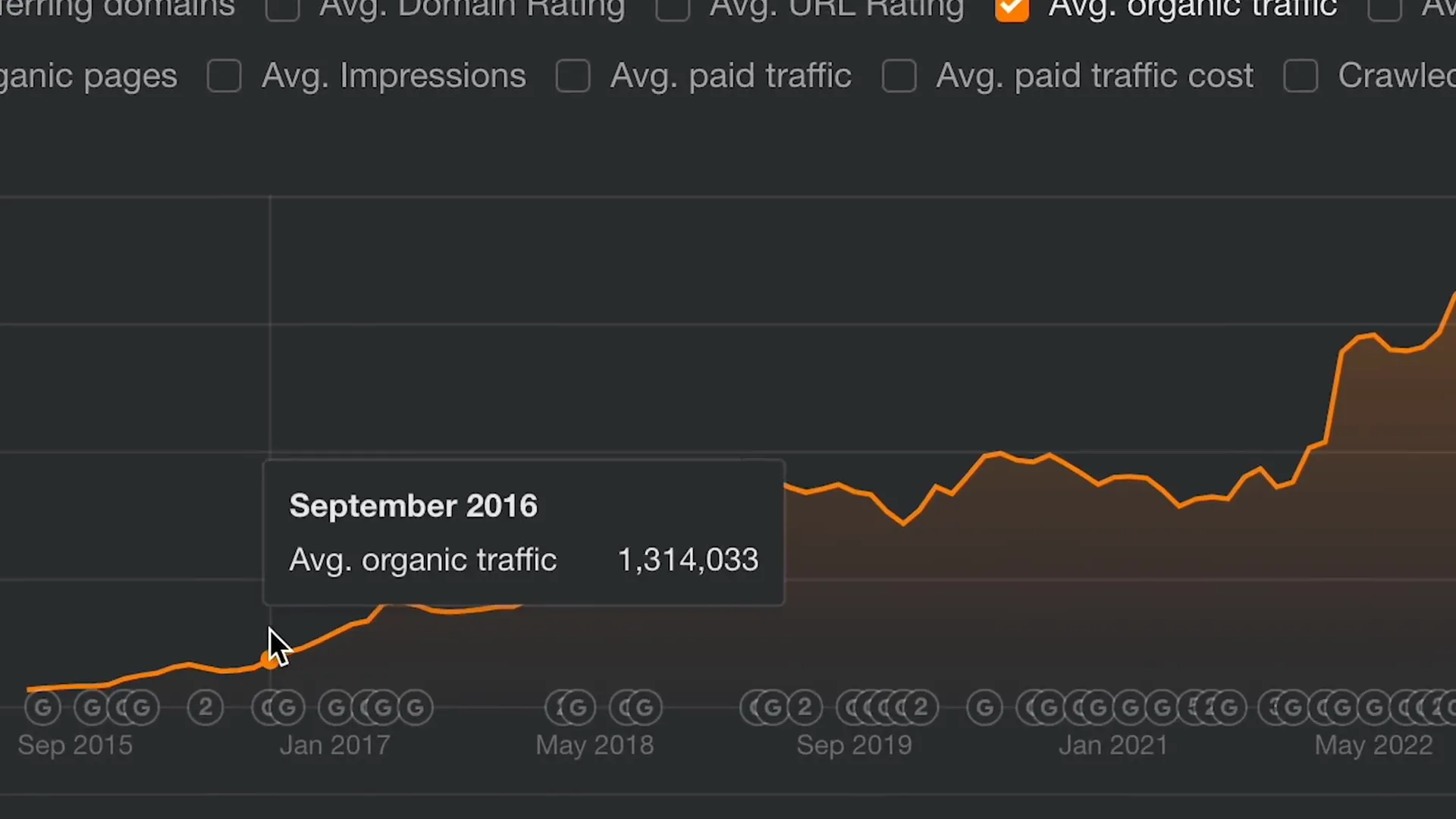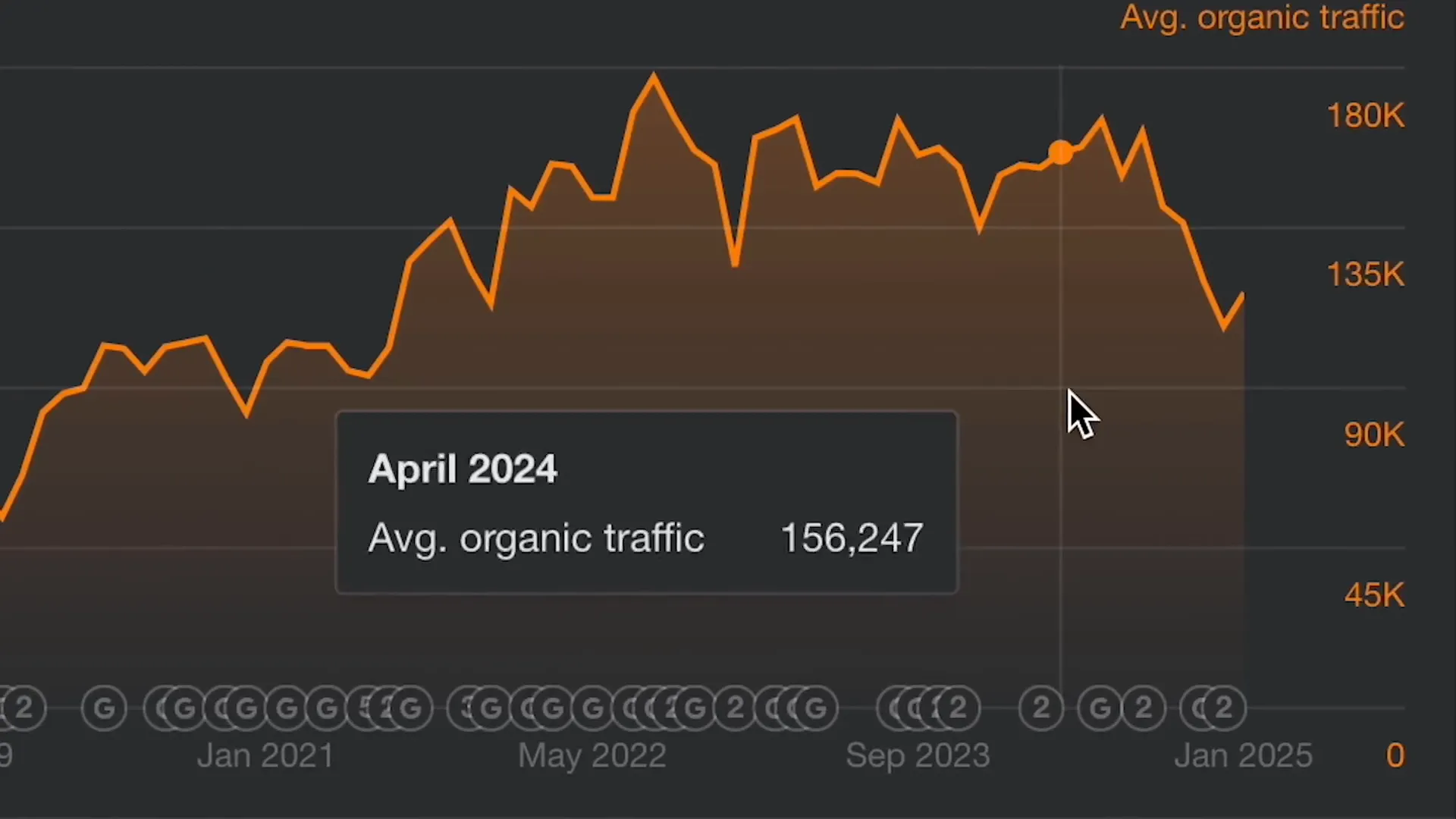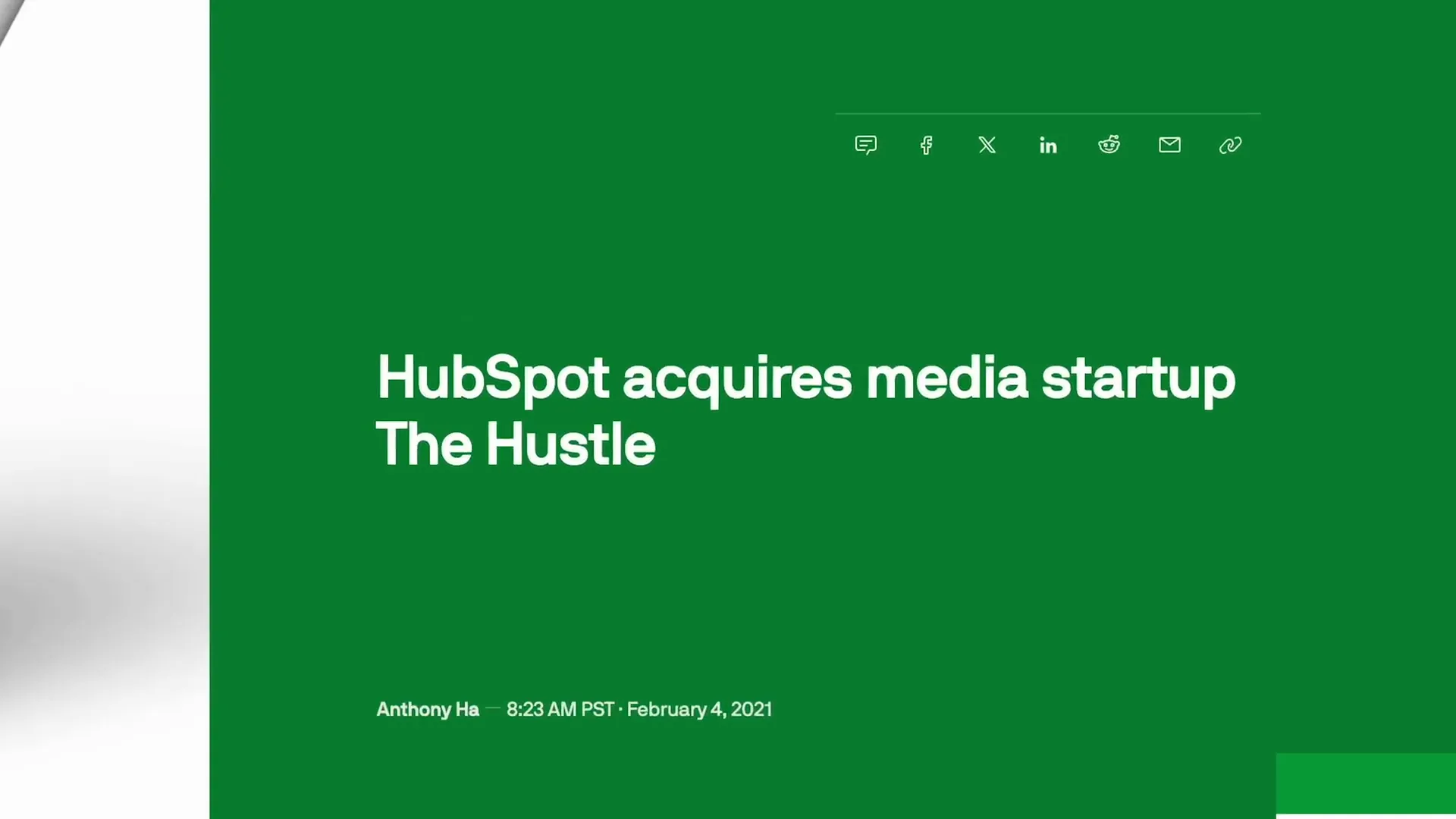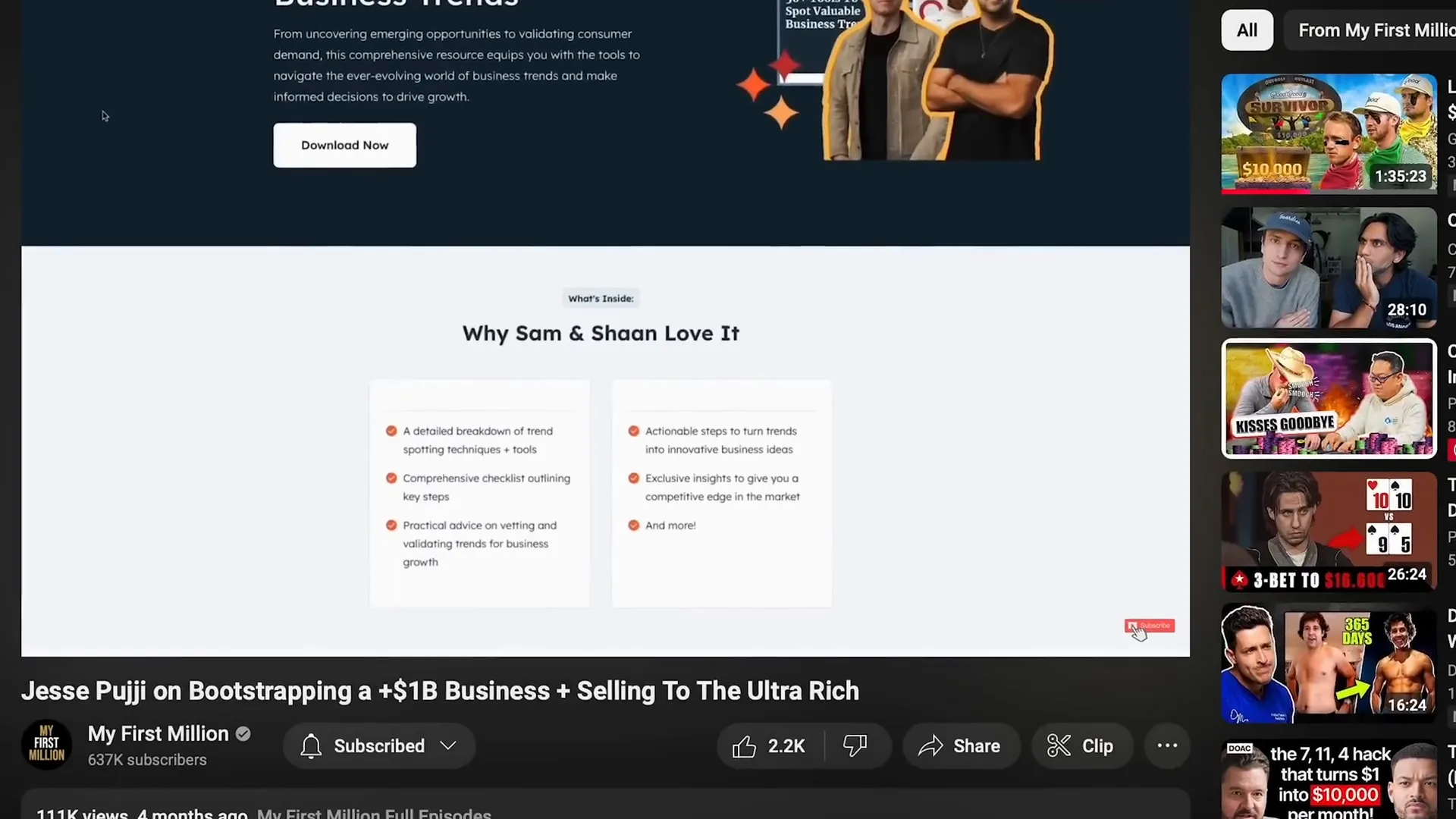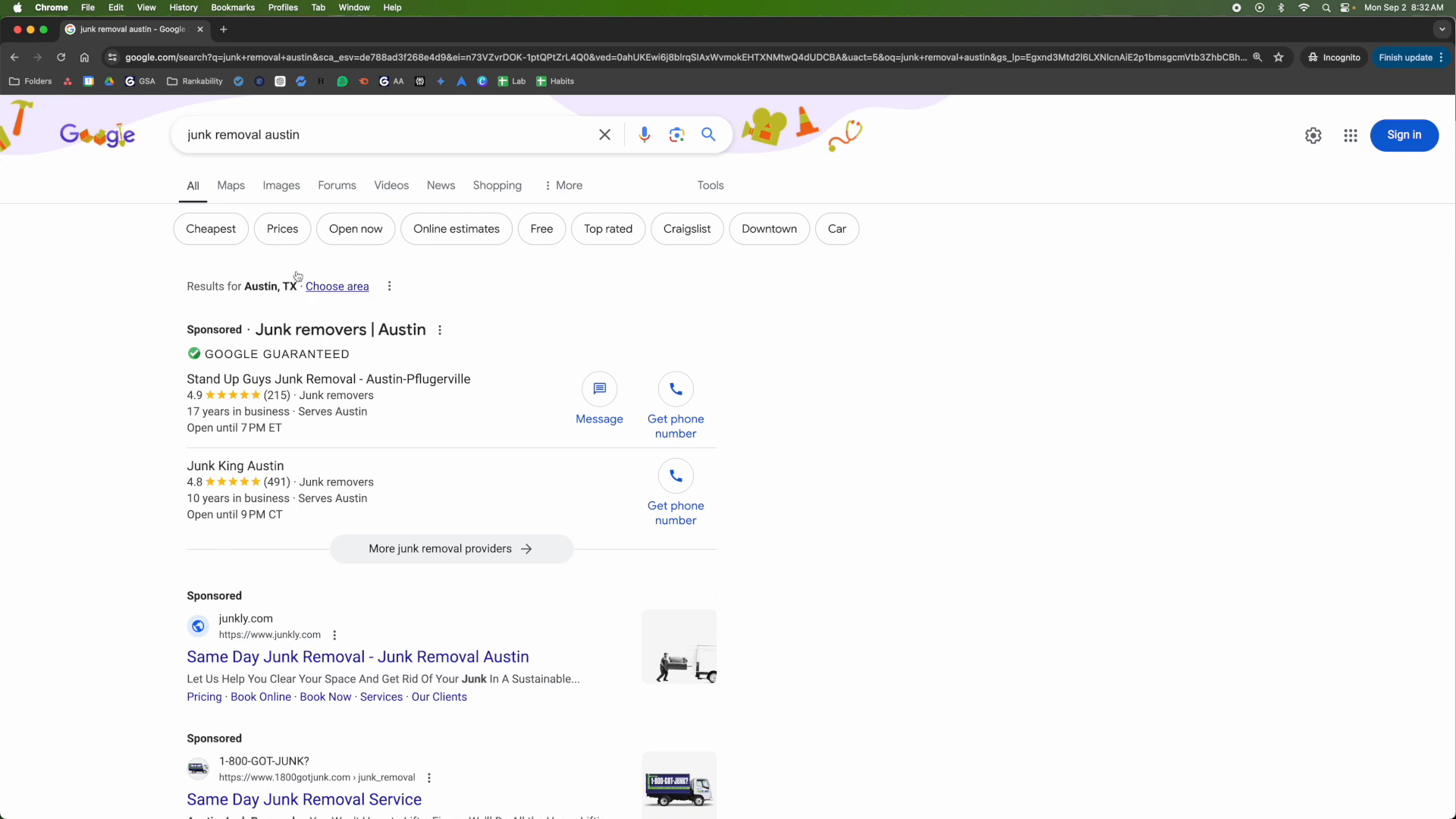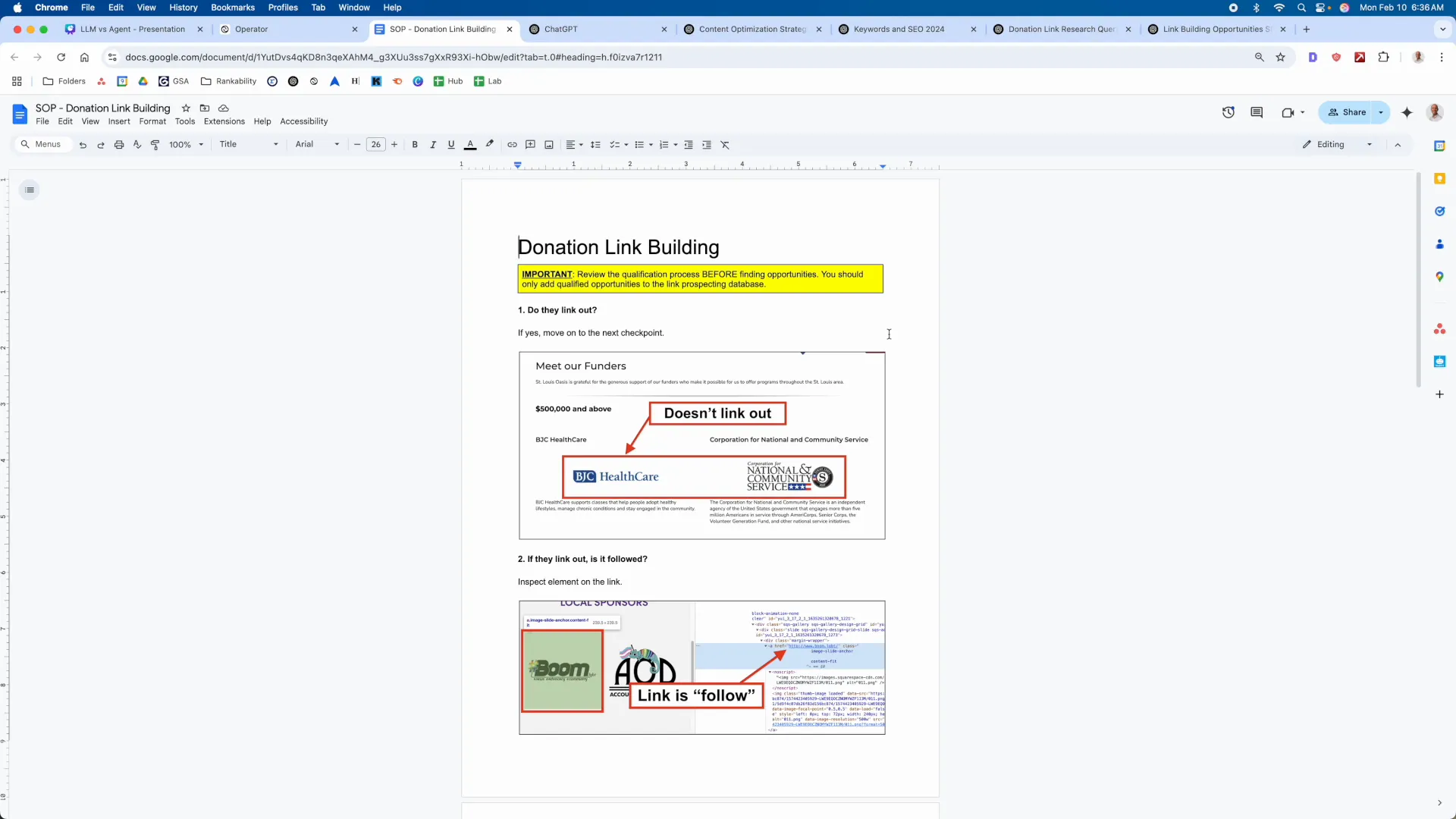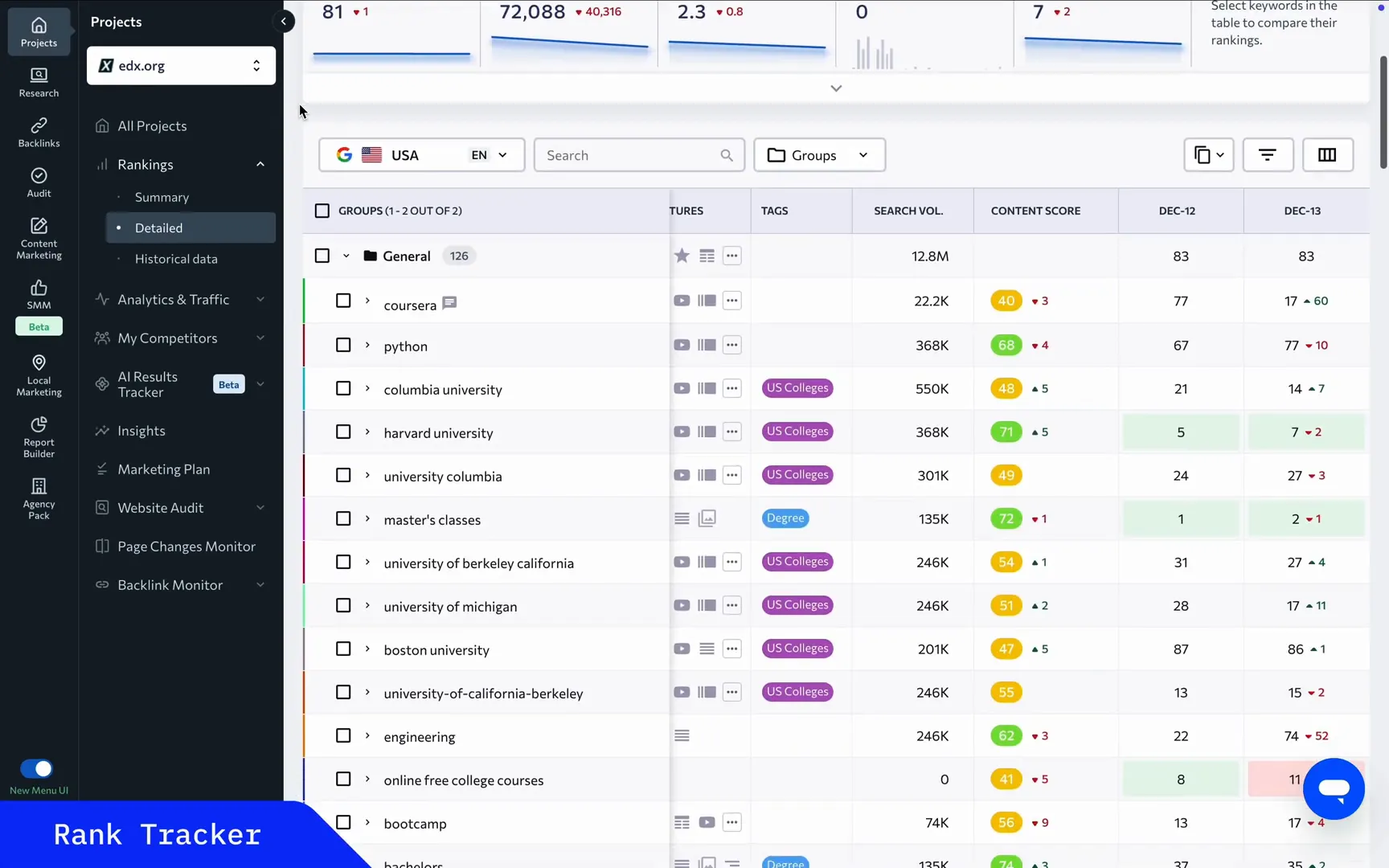In 2015, HubSpot was pulling in millions of free visitors while competitors were burning cash on ads. How did this sales exec and software engineer duo manage to thrive? They implemented a genius SEO strategy that propelled them into billion-dollar status. Let’s break down the playbook that has been emulated by countless marketers and companies.
Table of Contents
- 1. The Birth of Inbound Marketing
- 2. Building an All-Star SEO Team
- 3. Content as a Lead Magnet
- 4. Diversifying Content Formats
- 5. The Power of Free Tools
- 6. The Trojan Horse Strategy
- 7. Acquiring a Media Company
- 8. Promoting Through Podcasts
- 9. The Importance of Search Intent
- 10. Continuous Evolution
- FAQs
1. The Birth of Inbound Marketing
Back in 2006, online marketing was primarily about buying ads. Co-founders Darmesh Shaw and Brian Halligan introduced the concept of inbound marketing in their book, arguing that interrupting potential customers was inefficient. They believed that the key to growth was attracting customers organically through SEO.
2. Building an All-Star SEO Team
By 2016, HubSpot decided to stress test their vision by establishing a dedicated SEO team. This move transformed organic search into their primary growth engine. The results were phenomenal, displaying massive growth in organic traffic that just kept climbing.
3. Content as a Lead Magnet
Every piece of content HubSpot created revolved around a lead magnet. For example, their page offering “30 follow-up email templates” requires users to enter their email to download. This strategy not only attracted traffic but also generated leads.
4. Diversifying Content Formats
HubSpot recognized that blog content was just one format for content marketing. They expanded their efforts to include tools and resources, creating a variety of content that captured leads effectively.
5. The Power of Free Tools
HubSpot developed a suite of free tools—like their AI search grader—that required users to provide their information to access them. This strategy yielded consistent organic traffic, significantly enhancing lead generation.
6. The Trojan Horse Strategy
When HubSpot released their free CRM, it was a game-changer. This tool not only attracted users but also created an ecosystem where users could explore other HubSpot products. This ecosystem approach effectively turned casual users into long-term customers.
7. Acquiring a Media Company
HubSpot’s strategy evolved further when they acquired The Hustle, aiming to build the largest business content network in the world. This acquisition allowed them to extend their reach beyond traditional SEO tactics and into media.
8. Promoting Through Podcasts
HubSpot launched the HubSpot Podcast Network to attract attention in a different medium. By creating engaging content through podcasts, they continued to promote their brand and lead magnets, effectively reaching a new audience.
9. The Importance of Search Intent
HubSpot understood that search intent is crucial for effective SEO. They adjusted their content strategy to cater to users’ needs, ensuring that the content was not only informative but also actionable.
10. Continuous Evolution
Today, HubSpot is a $38 billion company, having started small with the idea of inbound marketing. Their journey illustrates how attracting visitors through SEO can convert them into leads, ultimately leading to significant business growth.
FAQs
- What is inbound marketing?Inbound marketing is a strategy that focuses on attracting customers through content and interactions that are helpful and relevant, rather than interruptive.
- How did HubSpot grow their organic traffic?HubSpot grew their organic traffic by creating valuable content, building a strong SEO team, and utilizing lead magnets effectively.
- What role did free tools play in HubSpot’s strategy?Free tools allowed HubSpot to collect user information and generate leads while also providing value to users, enhancing their brand reputation.
For more insights on SEO strategies, check out this blog on actionable SEO techniques or explore local SEO strategies for your business.
